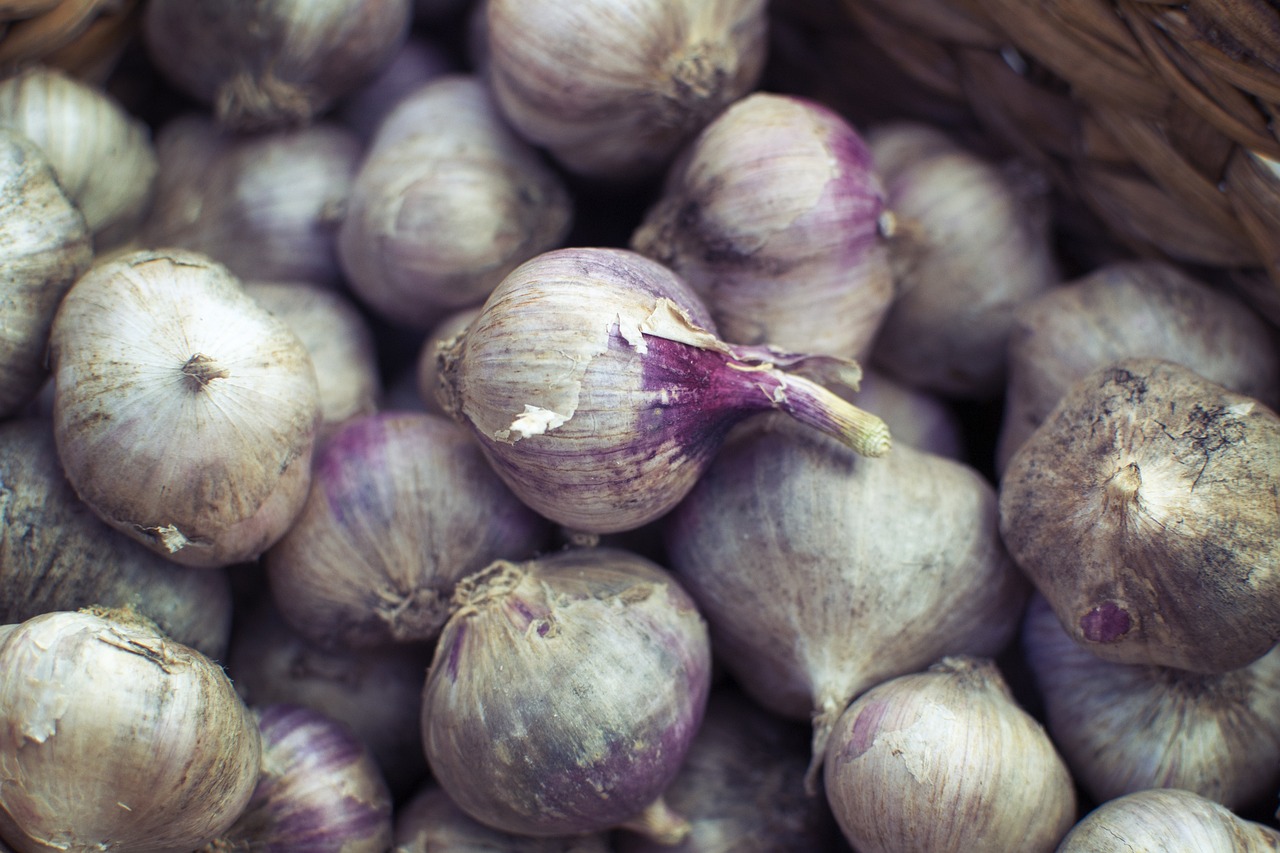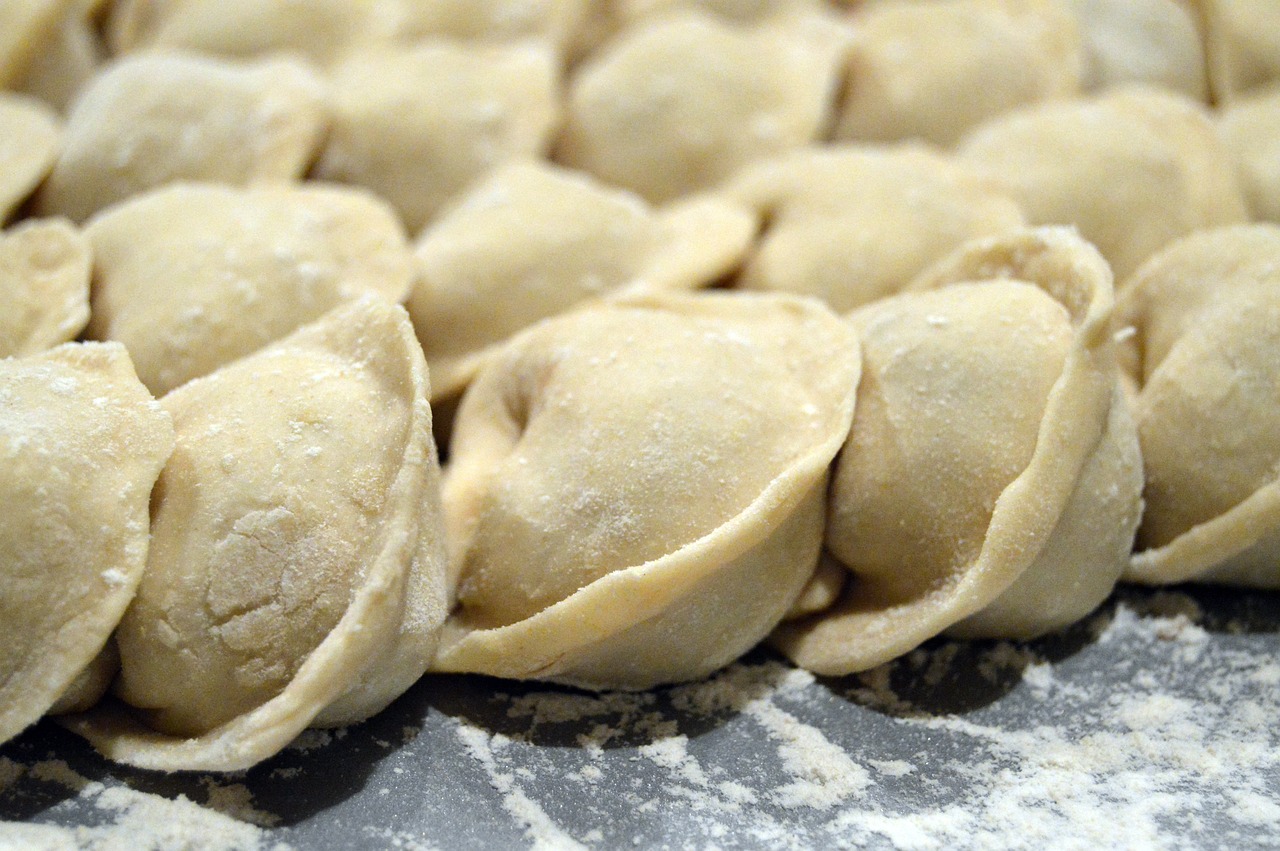Okroshka: Russian Cold Soup with Kvass, Vegetables, and Meat

Step into the world of Okroshka, a delightful Russian cold soup that combines the unique flavors of kvass, fresh vegetables, and savory meat. This traditional dish offers a refreshing and satisfying experience, perfect for hot summer days.
Okroshka has a rich history that dates back to the 18th century, where it originated in Russia. Over the years, it has evolved into a beloved summer staple in Russian households, known for its cooling properties and delicious taste.
The key ingredients that give Okroshka its distinct flavor include kvass, a tangy fermented beverage that adds a refreshing kick to the soup. Additionally, fresh cucumbers, radishes, dill, and meat such as ham or beef are commonly used to create a hearty and nutritious dish.
Across different regions in Russia, you can find various interpretations of Okroshka, each with its own unique twist. From using different types of kvass to incorporating local vegetables and meats, the diversity of Okroshka showcases the creativity and versatility of Russian cuisine.
When it comes to serving and enjoying Okroshka, there are a few traditional practices to keep in mind. Whether you prefer it in a bowl or a chilled mug, garnished with a dollop of sour cream or accompanied by a slice of rye bread, the options for savoring this cold soup are endless.
History of Okroshka
Discover the fascinating history of Okroshka, a beloved dish in Russian cuisine that has stood the test of time since the 18th century. This traditional cold soup has its origins deeply rooted in Russian culture, evolving over the years to become a quintessential summer delight. Imagine the first batch of Okroshka being prepared centuries ago, each ingredient carefully selected to create a symphony of flavors that would captivate the taste buds.
As the years passed, Okroshka became a staple in Russian households during the warmer months, offering a refreshing escape from the heat. Picture generations of families gathering around the table, sharing stories and laughter while indulging in this cooling concoction. The evolution of Okroshka mirrors the rich tapestry of Russian history, blending tradition with innovation to create a dish that transcends time.
Key to the history of Okroshka is the use of kvass, a tangy fermented beverage that adds a unique depth of flavor to the soup. This ancient drink has been a fundamental component of Russian cuisine for centuries, infusing dishes with its distinctive taste. The marriage of kvass with fresh vegetables like cucumbers, radishes, and dill, along with hearty meats such as ham or beef, creates a harmonious blend of textures and tastes that define Okroshka.
Picture the bustling markets of old Russia, where vendors would proudly display their freshest produce, inviting customers to create their own version of Okroshka. The dish became a canvas for culinary creativity, with each region adding its own twist to the recipe. From the bustling streets of Moscow to the quaint villages of Siberia, Okroshka took on new flavors and ingredients, reflecting the diverse landscapes of the country.
Through wars, revolutions, and changing times, Okroshka remained a constant presence on Russian tables, a symbol of resilience and tradition. Its journey through history is a testament to the enduring power of food to bring people together, transcending cultural boundaries and uniting hearts. So, the next time you savor a bowl of Okroshka, remember that you are tasting not just a soup but a piece of Russian history, crafted with love and passed down through generations.
Ingredients Used in Okroshka
When preparing a delicious bowl of Okroshka, it's essential to gather the key ingredients that contribute to its unique flavor profile and refreshing taste. The main components used in this traditional Russian cold soup include:
- Kvass: The star ingredient of Okroshka, kvass is a tangy and slightly sour fermented beverage made from rye bread. It adds a distinctive zing to the soup and acts as a base for the flavors to meld together.
- Fresh Vegetables: Okroshka is packed with a variety of fresh vegetables that provide crunch, color, and nutrients. Common vegetables used in Okroshka include cucumbers, radishes, spring onions, and fresh dill. These vegetables add a burst of freshness to each spoonful.
- Meat: While some variations of Okroshka are vegetarian, traditional recipes often include meat for added protein and richness. Diced ham or boiled beef are popular choices, adding a savory element to the soup.
- Eggs: Hard-boiled eggs are sometimes added to Okroshka, providing a creamy texture and an extra layer of flavor to the dish.
- Potatoes: In some versions of Okroshka, boiled potatoes are included to add heartiness and a smooth texture to the soup.
- Sour Cream: A dollop of sour cream is often served on top of Okroshka before serving, adding a creamy richness and a touch of tanginess to the soup.
These ingredients come together harmoniously to create a vibrant and satisfying cold soup that is perfect for hot summer days. The combination of tangy kvass, crisp vegetables, savory meat, and creamy sour cream makes Okroshka a delightful and refreshing dish that is beloved in Russian cuisine.
Variations of Okroshka
When it comes to Okroshka, the variations are as diverse as the regions of Russia themselves. Each area puts its unique spin on this traditional cold soup, resulting in a delightful array of flavors and textures that cater to different preferences and tastes. Let's dive into some of the most popular variations:
- Kvass Variations: Different types of kvass can significantly impact the taste of Okroshka. Some regions prefer a sweeter kvass, while others opt for a more tangy or sour version, adding depth and complexity to the soup.
- Vegetable Selection: The choice of vegetables used in Okroshka can vary widely. While cucumbers, radishes, and dill are common staples, some variations may include additional ingredients like green onions, bell peppers, or even pickles for a unique twist.
- Meat Options: While ham and beef are traditional choices for Okroshka, some regions substitute them with chicken, turkey, or even fish for a lighter and fresher taste. The type of meat used can significantly alter the overall flavor profile of the soup.
- Herb and Spice Additions: To enhance the flavor of Okroshka, various herbs and spices can be added. From parsley and cilantro to mint and tarragon, the possibilities are endless. Some variations also incorporate garlic, mustard, or horseradish for an extra kick.
Exploring the different variations of Okroshka is a culinary adventure that showcases the creativity and diversity of Russian cuisine. Whether you prefer a traditional recipe or a modern interpretation, there is a version of this cold soup to suit every palate. So, why not embark on a gastronomic journey and discover the endless possibilities of Okroshka?
How to Serve and Enjoy Okroshka
When it comes to serving and enjoying Okroshka, there are a few key tips to ensure you experience this traditional Russian cold soup at its best. Whether you're a first-time taster or a seasoned Okroshka enthusiast, these serving suggestions will elevate your culinary experience to new heights.
First and foremost, Okroshka is best served chilled, making it the perfect refreshing dish for hot summer days. The cold temperature enhances the flavors and textures of the fresh ingredients, creating a delightful contrast that tantalizes the taste buds. To achieve the ideal chill, refrigerate the soup for at least a couple of hours before serving, allowing the flavors to meld together harmoniously.
When it comes to presentation, Okroshka can be served in a variety of vessels, from traditional bowls to chilled mugs. The choice of serving dish can add a touch of elegance to the dining experience, enhancing the visual appeal of the dish. For a rustic feel, opt for a simple bowl, or for a more sophisticated touch, serve the soup in a decorative glass or mug.
To add a creamy richness to your Okroshka, consider topping each serving with a dollop of sour cream. The tangy creaminess of the sour cream complements the tangy flavors of the kvass and adds a luxurious texture to the soup. Alternatively, you can mix the sour cream directly into the soup for a smoother consistency that coats each ingredient with a velvety finish.
Accompanying Okroshka with a side of rye bread is a classic way to enjoy this cold soup. The hearty, slightly tangy flavor of rye bread pairs perfectly with the refreshing and zesty notes of the soup, creating a well-balanced meal that satisfies both the palate and the stomach. Simply tear off a piece of bread and dip it into the soup for a delightful combination of flavors and textures.
For a festive touch, garnish your Okroshka with a sprig of fresh dill or a slice of crisp cucumber before serving. These garnishes not only add a pop of color to the dish but also enhance the overall flavor profile with their aromatic and refreshing qualities. The visual appeal of the garnishes will impress your guests and elevate the dining experience to a whole new level.



 HazalVardal
HazalVardal 





